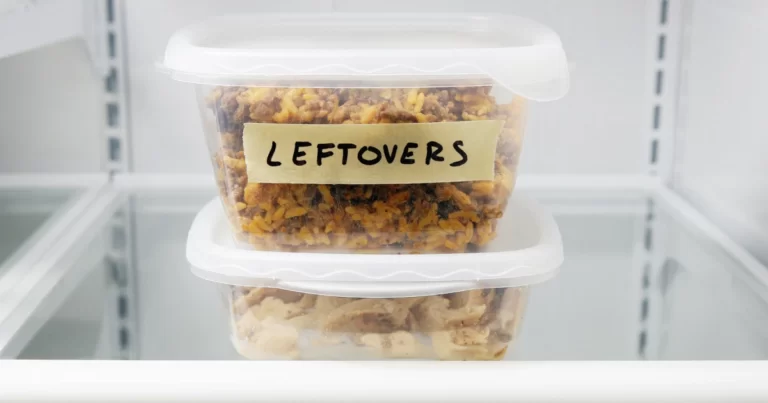We’ve all been there: a delicious meal enjoyed, leftovers packed away, only to be rediscovered in the fridge days (or maybe even weeks) later. But before you take a bite of that mystery container, the question arises: is it still safe to eat?
Unfortunately, there’s no one-size-fits-all answer to how long leftover food stays good. The culprit behind food spoilage is a villainous duo: bacteria and temperature. Different foods have varying levels of natural defenses against bacteria, and temperature significantly impacts bacterial growth.
Here’s a breakdown of some key factors to consider:
The Food Itself:
- Perishables vs. Shelf-Stable: Highly perishable foods like cooked meat, poultry, fish, dairy products, and cooked rice harbor bacteria more readily and should be refrigerated within two hours of cooking (one hour if the temperature is above 90°F). Conversely, dry goods like bread or unopened processed foods have a longer shelf life at room temperature.
- Moisture Content: Bacteria thrive in moist environments. Cooked vegetables or stews will spoil faster than dry cured meats like salami.
Storage Matters:
- Refrigerator Temperature: The ideal refrigerator temperature is 40°F (4°C) or below. This slows bacterial growth but doesn’t eliminate it entirely.
- Proper Packaging: Airtight containers or tightly wrapped leftovers minimize exposure to airborne contaminants and slow down spoilage.
Danger Zone:
The temperature range between 40°F (4°C) and 140°F (60°C) is known as the “Danger Zone.” In this zone, bacteria multiply rapidly, increasing the risk of foodborne illness.
Here’s a General Leftover Leftover Lifespan Guide (Remember, this is just an estimate):
- Refrigerated:
- Cooked Meat, Poultry, and Fish: 3-4 days
- Soups and Stews: 3-4 days
- Cooked Vegetables: 3-5 days
- Leftover Pizza: 3-4 days
- Cooked Rice: 3-4 days
- Frozen: While freezing doesn’t eliminate bacteria, it halts growth. Frozen leftovers can generally last for several months, though quality might deteriorate over time.
When in Doubt, Throw it Out!
Even refrigerated leftovers can eventually spoil. Signs like off smells, discoloration, or visible mold indicate your food has gone bad and should be discarded.
Here are some additional tips for safe food handling:
- Reheat leftovers to an internal temperature of 165°F (74°C) to kill harmful bacteria.
- Don’t refreeze thawed leftovers.
- Practice good hygiene in the kitchen to minimize contamination.
By following these guidelines and using your best judgment, you can minimize the risk of foodborne illness and enjoy your leftovers safely. But remember, when in doubt, throwing it out is always the safest option. After all, a healthy you is a happy you!






